
Magnum, P.I. Quiz Book
¥29.33
Were you a fan of the 1980s' cult American series Magnum P.I.? Can you remember the names of the four main characters? Was Magnum P.I. one of your favourite TV shows from yesteryear? If so, you won't want to be without this new quiz book. What was Magnum's iconic Hawaiian shirt called? Who was the original composer of the Magnum P.I. theme song? In which major film was actor Tom Selleck originally cast? The answers to these questions and more can all be found inside The Magnum P.I. Quiz Book. With 300 questions on the characters, the actors who brought them to life, writers, episodes, guest stars, cars and much more Magnum related trivia, this book will take you back in time as you relive all those memorable moments from Magnum P.I. Full of facts about the show that had audiences across the globe glued to their screens, this book will tell you everything you ever wanted to know about the award-winning, iconic TV series. This is a must-have for Magnum P.I. fans of all ages.

Paid In Full?
¥29.33
An introduction to the history of British hip-hop as it finally escapes its reputation as the poor cousin of the American variant with a succession of hugely successful releases by the new stars of 'grime'. Alex Ogg, a notable author in this field having previously written The Hip Hop Years (and been a consultant on the accompanying BAFTA nominated documentary strand), The Men Behind Def Jam and Rap Lyrics: From The Sugarhill Gang to Eminem, is a long-term commentator on the global breakout of hip-hop. His latest book explores the unique factors at play in the development of this subculture, tracing it right back to the first key releases in the early 80s, to the false dawn of the early 90s, and finally the spectacular success of grime in the last two years. Key landmarks are addressed along that timeline, and important recordings and incidents appraised, including many first-hand quotes. The ill-defined and much misunderstood 'grime' genre is placed in a specific historical context, as well as sections on trip-hop and other contributory/parallel British musics. As well as offering a comprehensive foundation for those who wish to investigate this phenomenon, Ogg provides a recommended listening list as well as snapshots of the new heroes of grime, from Dizzee Rascal and Tinchy Snyder to Tinie Tempah.

Getting Off Escalators - Volume 1
¥29.33
Getting Off Escalators and surviving other embarrassing moments: Do you struggle to find the confidence to talk in public, without melting into a puddle of pathetic hopelessness? Are you having panic attacks when riding an escalator, or you don't feel manly enough to hold a pint with any authority of pride? Then you, sir, need this guide... or medical help... yes, medical help is probably a safer bet. But comics are funnier, so choose this. About the author: Scott Tierney is a nervous, awkward, confidence-lacking and stress-ridden writer, who produces self-help comics that provide very little guidance for those who read them. Luckily, these comics are extremely funny, so when the reader does loss their reason to live, they go out with a smile.
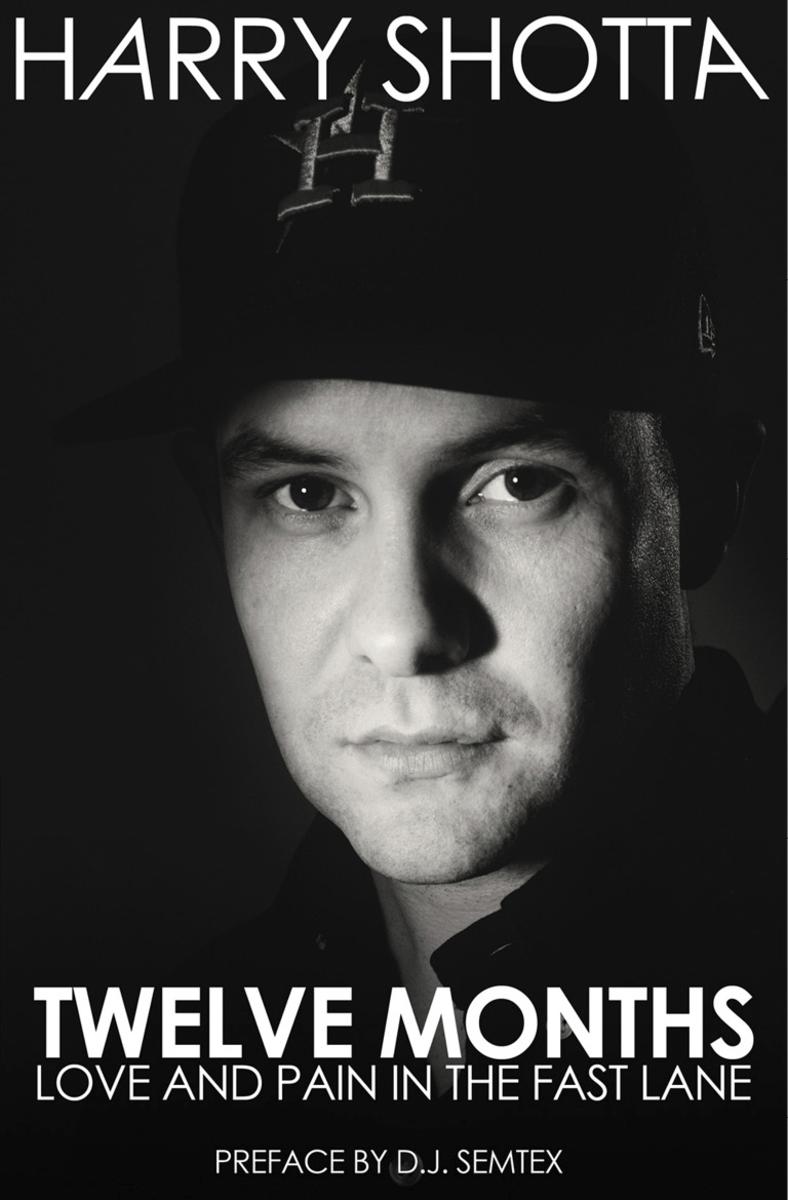
Twelve Months
¥29.33
Twelve Month's is the story of a turbulent year in the life of Harry Shotta. A multi award winning MC who is known for his rapid fire delivery and versatility, this book gives readers an insight into the story behind his 'Twelve Months' mixtape. Delving into emotional memories from his childhood and a year which included extreme highs and lows it is a very personal and honest account of a year filled with 'love and pain in the fast lane'.

Getting Off Escalators - Volume 3
¥29.33
Getting Off Escalators and surviving other embarrassing moments: Do you struggle to find the confidence to talk in public, without melting into a puddle of pathetic hopelessness? Are you having panic attacks when riding an escalator, or you don't feel manly enough to hold a pint with any authority of pride? Then you, sir, need this guide... or medical help... yes, medical help is probably a safer bet. But comics are funnier, so choose this. About the author: Scott Tierney is a nervous, awkward, confidence-lacking and stress-ridden writer, who produces self-help comics that provide very little guidance for those who read them. Luckily, these comics are extremely funny, so when the reader does loss their reason to live, they go out with a smile.

Scars of the Stars
¥29.33
Why do we find the mishaps of others amusing? Do we sort pleasure in the falls from grace of our peers? Is it a primal, evolutionary urge to see the weaker of the pack fall away, to be engulfed by a predator for the good of the herd? Or is it simply because the sight of someone falling on their face is always hilarious? Probably the latter...In this book, you will find a collection of occasionally agonising but always amusing accidents that have befallen the celebrities, sports stars and actors of this world. From baseball players stabbing themselves in the stomach; singers falling down flights of stairs; actors scalding their private parts and goalkeepers tripping over dogs, this is a celebration of clumsiness and bad choices. The consequences may be painful and the scars everlasting, but hey, it's always funny when it happens to someone else!

Dad's Army - The Man and The Hour
¥29.33
This original, informative and entertaining book focuses on ten specially chosen episodes from the eighty Dad's Army shows that were produced during the programme's long run from 1968 to 1977. Amongst the episodes featured are ones that have been favoured by the writers Jimmy Perry and David Croft and by some of its stars - John Le Mesurier, Ian Lavender and Frank Williams. There are anecdotes and quotes from those involved and quizzes on each of the episodes, which are: The Man and the Hour (first episode), The Showing Up of Corporal Jones, The Armoured Might of Lance Corporal Jones, Something Nasty in the Vault, Branded, Mum's Army, The Deadly Attachment (the "e;Don't tell him, Pike"e; episode), The Royal Train, Ring Dem Bells and Never Too Old (final episode). Dad's Army The Man and The Hour is an absolute must-have for fans of this classic sitcom.
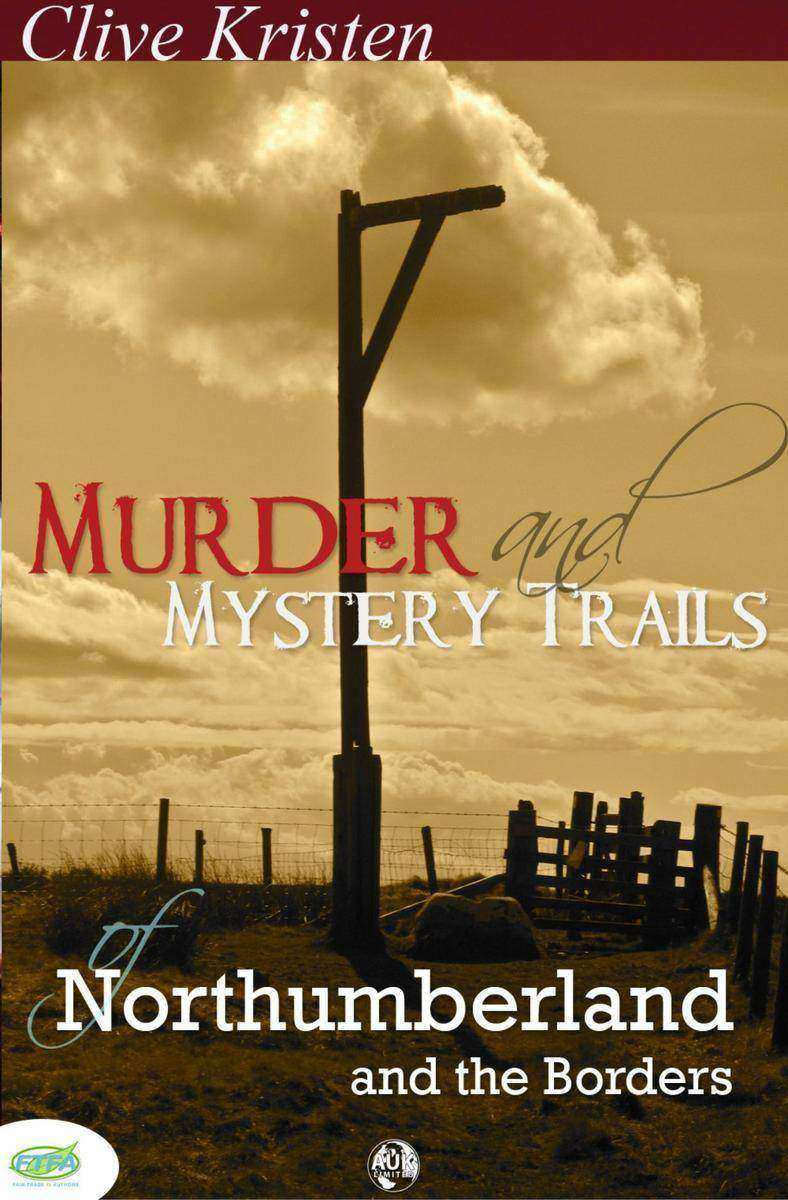
Murder & Mystery Trails of Northumberland & The Borders
¥29.33
Popular TV ghosthunter, Clive Kristen, takes the reader in search of the most notorious murderers in Northumberland's history and tries to unravel the circumstances and mysteries that still surround their crimes. The stories are woven into their historical context within the area. Although the trails are largely rural, we have included the region's capital and some of its most ancient buildings. Many of the stories have never been published before in any format. So get out your boots and brollies and join the author at some of his favourite murder scenes.

101 Facts you didn't know about Chas and Dave
¥29.33
Are you a Chas & Dave fan? Do you know all the words to their memorable hit songs and enjoy singing along? Have you been to see the 'rockney' duo perform live or, like thousands of others, watched them on TV? If you like Chas & Dave, this book is your chance to get to know them better. Dip inside 101 Things You Didn't Know About Chas & Dave to discover some little known facts and trivia associated with the creators of such boogie-woogie, sing-along classics as 'Rabbit', 'Gertcha' and 'There Aint' No Pleasin' You'. Full of fascinating facts, and compiled by one half of the duo, Chas Hodges, this book includes many personal details and information about Chas & Dave's projects, past and present. This book will appeal to everyone who enjoys the music-hall humour and folk-style entertainment associated with Chas & Dave and is a must-have read for all those people who would like to learn more about the musical duo.

Перемикайся. Стань тим, ким хочеш бути
¥29.02
David Stevenson?jedan je od najistaknutijih prou?avatelja Prvoga svjetskog rata. U svom monumentalnom djelu?1914.–1918. Povijest Prvog svjetskog rata?kre?e od uzroka sukoba, prolazi kroz sva boji?ta, analizira geopoliti?ke odnose, ravnote?u izme?u imperijalnih sila, politi?ke i vojne promjene, kraj rata i mirovne ugovore koji su odredili okvir budu?ih me?unarodnih odnosa, te zavr?ava raspravom o nastavku ratnog sukoba drugim sredstvima i o poslijeratnom ure?enju svijeta koje ?e izazvati nove sukobe. Ova povijest jedna je od onih koje otkrivaju nove ?injenice i reinterpretiraju povijesne izvore, ali jednako tako stvaraju cjelovitu sliku o kompleksnosti sukoba. Stevensonova povijest prva je sveobuhvatna povijest Prvoga svjetskog rata objavljena u Hrvatskoj nakon vi?e od 50 godina. Knjiga koju je potrebno pro?itati da bi se shvatilo dvadeseto stolje?e i razumjelo vrijeme u kojem ?ivimo.
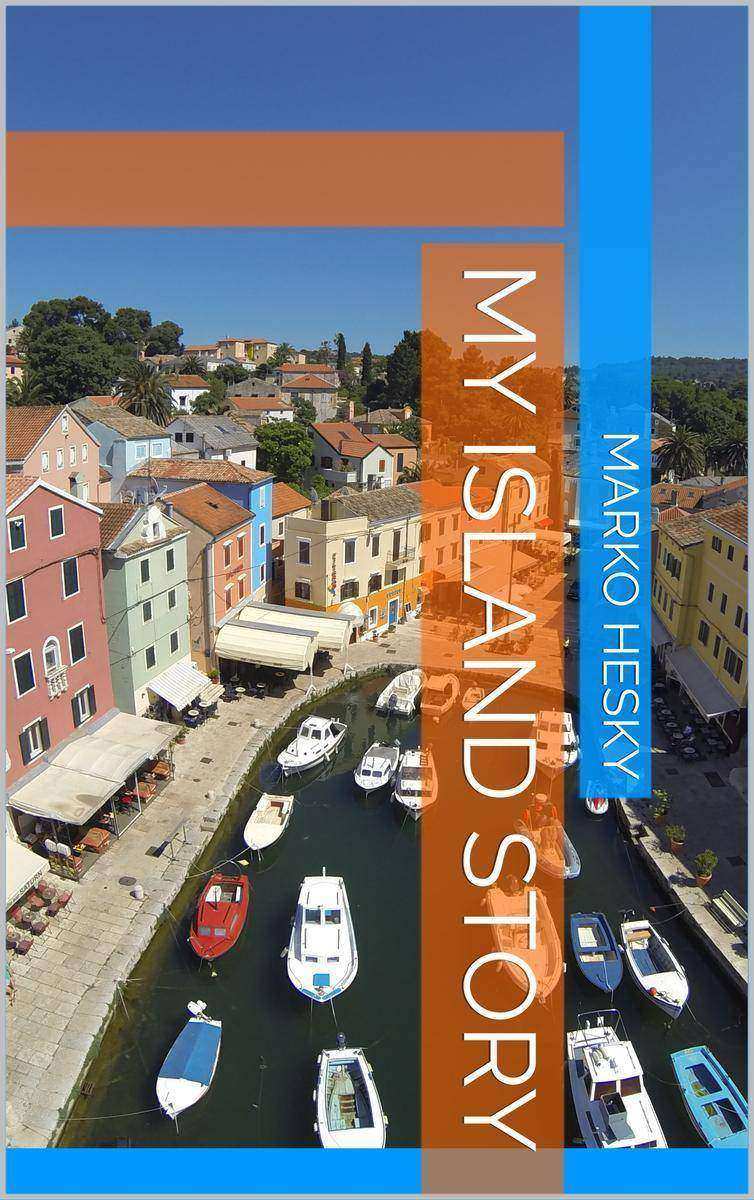
My Island Story
¥28.69
My Island Story
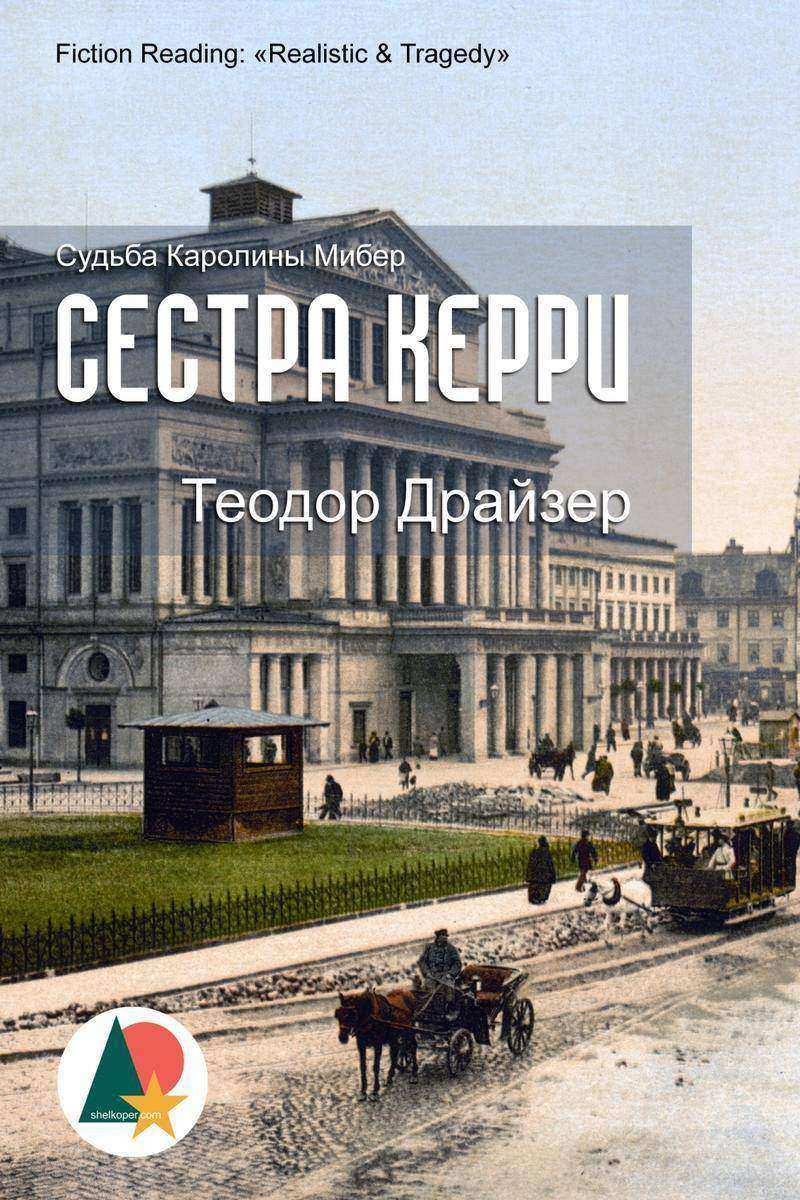
Сестра Керри: Судьба Каролины Мибер
¥28.61
Сестра Керри: Судьба Каролины Мибер

Kultur in Cartoons: "With Accompanying Notes by Well-Known English Writers"
¥28.61
When his cartoons began to reach America toward the end of 1916 this country was neutral. It is with peculiar satisfaction, therefore, that I base this brief foreword upon press extracts published prior to America’s participation in the war. If it were possible to discover today an individual who was entirely ignorant as to the causes and conduct of the war, he would, after an inspection of a hundred or more of these cartoons, probably utter his conviction somewhat as follows: ?“I do not believe that these drawings have the slightest relation to the truth; I do not believe that it is possible for such things to happen in the twenti-eth century.” ??He would be quite justified, in his ignorance of what has happened in Europe, in expressing such an opinion, just as any of us, with the possible exception of the disciples of Bernhardi himself, would have been justified in expressing a similar view in July, 1914.??What is the view of all informed people today? “To Raemaekers the war is not a topic, or a subject for charity. It is a vivid heartrending reality,” says the New York “Evening Post,” “and you come away from the rooms where his cartoons now hang so aware of what war is that mental neutrality is for you a horror. If you have slackened in your determination to find out, these cartoons are a slap in the face. ??Raemaekers drives home a universal point that concerns not merely Germans, but every country where royal decrees have supreme power. Shall one man ever be given the power to seek his ends, using the people as his pawns? We cannot look at the cartoons and remain in ignorance of exactly what is the basis of truth on which they are built.”?The “Philadelphia American” likens Raemaekers to a sensitized plate upon which the spirit which brought on the war has imprinted itself forever, and adds: ?“What he gives out on that subject is as pitilessly true as a photograph. They look down upon us in their naked truth, those pictures which are to be, before the judgment-seat of history, the last indictment of the German nation. Of all impressions, there is one which will hold you in its inexorable grip: it is that Louis Raemaekers has told you the truth.”

Кап?тал?зм ? свобода
¥28.61
Europa, 1900.–1914.: svijet u tra?enju, pulsiraju?e razdoblje kreativ?nosti i suprotnosti. Glavne su teme terorizam, globalizacija, imigranti, konzumerizam, propast moralnih vrijednosti i suparni?tvo velikih sila. Dvadeseto stolje?e nije se rodilo u rovovima kod Somme ili Passchendaela, nego u petnaest vrtoglavih godina koje su prethodile Prvome svjetskom ratu. U kratkom razdoblju novi svjetski poredak proiza?ao je iz tragi?nih suprotnosti staroga. Posljedice industrijske revolucije, na politi?kom i osobnom planu, osje?ale su se u cijelom svijetu: gradovi rastu zbog pristizanja seoskog stanovni?tva koje napu?ta svoje tradicionalne vrijednosti, znanost donosi napredak, ali i izume iz no?nih mora, obrazovanje je milijunima ljudi otvorilo nove mogu?nosti, masovno proizvedeni predmeti promijenili su svakodnevni ?ivot, radnici zahtijevaju udio u politi?koj vlasti, ?ene ?ele promijeniti svoj polo?aj u dru?tvu i prirodu seksualnih odnosa. Od nevjerojatne nade u novo stolje?e koju je utjelovio Svjetski sajam u Parizu 1900. do atentata na austrijskog nadvojvodu u Sarajevu 1914., povjesni?ar Philipp Blom ovo razdoblje istra?uje godinu po godinu. Premijeri i seljaci, anarhisti i glumice, znanstvenici i psihopati susre?u se na pozornici novoga stolje?a u ovom prikazu rasko?noga, nestabilnog doba na rubu katastrofe. Prelijepo napisana i puna vje?to ispri?anih anegdota, knjiga Vrtoglave godine o?ivljava ?udesa, u?ase i strahove ranoga dvadesetog stolje?a.
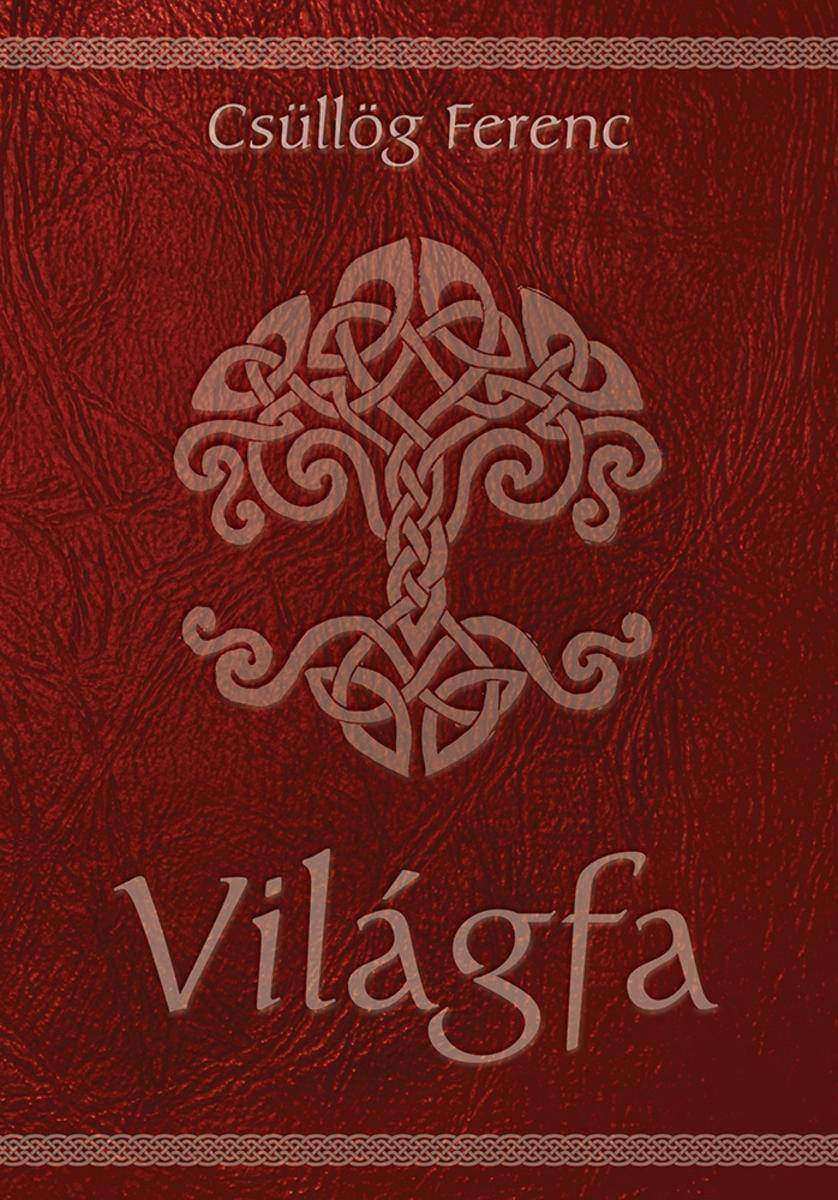
Világfa
¥28.53
A budapesti Lánchíd pesti hídf?jénél álló Gresham-palotát mindannyian jól ismerjük – legalábbis kívülr?l. De tudjuk-e, miféle titkokat rejtett egykor az impozáns épület? Szelke László izgalmas és olvasmányos nyomozása, A Gresham a nácik ellen a 19. századtól a második világháborúig kíséri nyomon a mai luxusszálloda fordulatos t?rténetét. A százarcú épület a kezdetekt?l a t?rténelem f?sodrában állt. El?dje, a Nákó-palota magánházként olyan hírességek lakhelye volt, mint a Lánchíd tervein dolgozó Clark ?dám vagy a Széchenyi István életnagyságú portréját fest? Barabás Miklós, a század végén pedig a Gresham életbiztosító társaság székhelyéül szolgált. Miután a 20. század elején szecessziós stílusban újjáépítették, a pezsg? kávéházi élet meghatározó színterévé, haladó értelmiségiek találkahelyévé avanzsált. Ahogy a Horthy-rendszer idején egyre fogyott a leveg?, úgy vált a Gresham-palota az ellenzéki politika, a szellemi ellenállás, a mind rendszerkritikusabb kabarék otthonává ? a második világháború idején pedig a titkos diplomácia és az embermentés megkerülhetetlen k?zpontjává. Náciellenes m?vészek, újságírók, tudósítók, attasék, hírszerz?k, kémelhárítók, kett?s, s?t hármas ügyn?k?k fordultak meg a falai k?zt, és itt m?k?d?tt t?bbek k?zt a liberális párt pesti klubja, illetve a szabadelv? Esti Kurir cím? napilap szerkeszt?sége. A k?nyv lapjain a kor olyan meghatározó figurái t?nnek fel, mint Szent-Gy?rgyi Albert és Herczeg Ferenc, Szekf? Gyula és Raoul Wallenberg, de megismerkedhetünk a budapesti k?nyvhét alapítójával, a bátor emberment? Supka Gézával, a zsidót?rvények kíméletlen kritikusával, Rassay Károllyal vagy a Pódium Kabarét vezet? Békeffi Lászlóval, aki az angol titkosszolgálattal is kapcsolatban állt. Tények és legendák, t?rvénytisztel?k és provokátorok, h?s?k és áldozatok – A Gresham a nácik ellen a t?rténelem legrejtettebb kulisszái m?gé kalauzolja olvasóját. Szelke László 1975-ben született. Egyetemi adjunktus, 2013-ban szerzett doktori fokozatot, jelenleg a piliscsabai M?vel?dési Információs K?zpont és K?nyvtár igazgatója. 19?20. századi magyar és egyetemes t?rténelmet tanít a Pázmány Péter Katolikus Egyetemen.
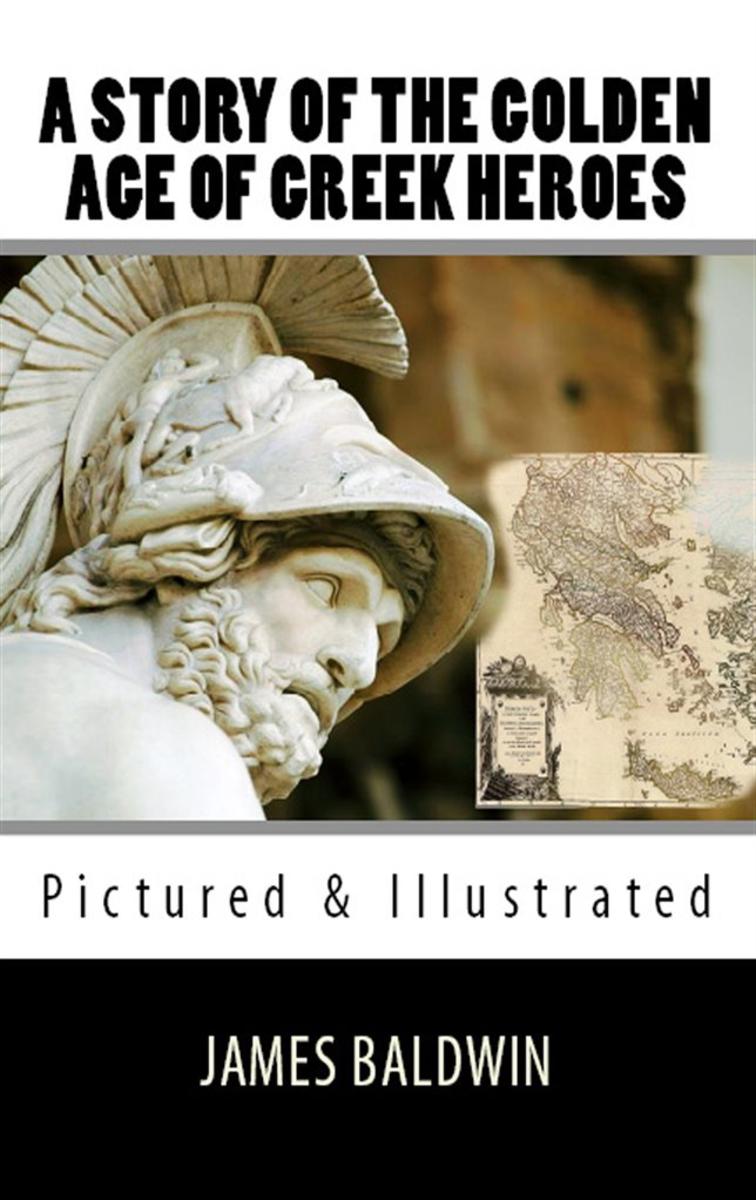
A Story of the Golden Age of Greek Heroes: Pictured & Illustrated
¥28.29
YOU have heard of Homer, and of the two wonderful poems, the Iliad and the Odyssey, which bear his name. No one knows whether these poems were composed by Homer, or whether they are the work of many different poets. And, in fact, it matters very little about their authorship. Everybody agrees that they are the grandest poems ever sung or written or read in this world; and yet, how few persons, comparatively, have read them, or know any thing about them except at second-hand! ? Homer commences his story, not at the beginning, but "in the midst of things;" hence, when one starts out to read the Iliad without having made some special preparation beforehand, he finds it hard to understand, and is tempted, in despair, to stop at the end of the first book. Many people are, therefore, content to admire the great masterpiece of poetry and story-telling simply because others admire it, and not because they have any personal acquaintance with it.? Now, it is not my purpose to give you a "simplified version" of the Iliad or the Odyssey. There are already many such versions; but the best way for you, or any one else, to read Homer, is to read Homer. If you do not understand Greek, you can read him in one of the many English translations. You will find much of the spirit of the original in the translations by Bryant, by Lord Derby, and by old George Chapman, as well as in the admirable prose rendering by Butcher and Lang; but you can get none of it in any so-called simplified version.??My object in writing this "Story of the Golden Age" has been to pave the way, if I dare say it, to an enjoyable reading of Homer, either in translations or in the original. I have ta-ken the various legends relating to the causes of the Trojan war, and, by assuming certain privileges never yet denied to story-tellers, have woven all into one continuous narrative, ending where Homer's story begins. The hero of the Odyssey—a character not always to be admired or commended—is my hero. And, in telling the story of his boyhood and youth, I have taken the opportunity to repeat, for your enjoyment, some of the most beautiful of the old Greek myths. If I have, now and then, given them a coloring slightly different from the original, you will remember that such is the right of the story-teller, the poet, and the artist. The essential features of the stories remain unchanged. I have, all along, drawn freely from the old tragedians, and now and then from Homer himself; nor have I thought it necessary in every instance to mention authorities, or to apologize for an occasional close imitation of some of the best translations. The pictures of old Greek life have, in the main, been derived from the Iliad and the Odyssey, and will, I hope, help you to a better understanding of those poems when you come to make acquaintance directly with them.??Should you become interested in the "Story of the Golden Age," as it is here related, do not be disappointed by its somewhat abrupt ending; for you will find it continued by the master-poet of all ages, in a manner both inimitable and unapproachable. If you are pleased with the discourse of the porter at the gate, how much greater shall be your delight when you stand in the palace of the king, and hearken to the song of the royal minstrel! ?
![The Romance of Spanish History: [Illustrated & Engraved & Mapped]](https://platform-permanent.ddimg.cn/pt-media-info-soa-resource/digital/product/53/97/1901165397_ii_cover.jpg?version=39bce93d-9102-4e7e-9ac3-85633a446f54)
The Romance of Spanish History: [Illustrated & Engraved & Mapped]
¥28.29
THE Spanish peninsula, separated from France on the north by the Pyrenees, and bounded on the three remaining sides by the Mediterranean Sea and the Atlantic Ocean, con-tains an area of 225,600 square miles, being a little larger than France. Nature has reared a very formidable barrier between Spain and France, for the Pyrenees, extending in a straight line 250 miles in length, from the Bay of Biscay to the Mediterranean, and often rising in peaks more than ten thou-sand feet in height, offer but three defiles which carriages can traverse, though there are more than a hundred passes which may be surmounted by pedestrians or the sure-footed mule. The soil is fertile; the climate genial and salubrious; and the face of the country, diversified with meadows and mountains, presents, in rare combination, the most attractive features both of loveliness and sublimity.?History does not inform us when and how this beautiful peninsula—called Hispania by the Romans—first became in-habited. Whether the earliest emigrants crossed the straits of Gibraltar from Africa, or came from Asia, coasting the shores of the Mediterranean, or descended from France through the defiles of the Pyrenees, can now never be known. The first glimpse we catch of Spain, through the haze of past ages, reveals to us the country inhabited by numerous barbaric tri-bes, fiercely hostile to each other, and constantly engaged in bloody wars. The mountain fastnesses were infested with robber bands, and rapine and violence everywhere reigned. The weapons grasped by these fierce warriors consisted of lances, clubs, and slings, with sabres and hatchets, of rude fashion but of keen edge. Their food was mainly nuts and ro-ots. Their clothing consisted of a single linen garment, girded around the waist; and a woollen tunic, surmounted by a cloth cap, descended to the feet. As in all barbarous nations, the hard work of life was performed by the women.??The names even of most of these tribes have long since perished; a few however have been transmitted to our day, such as the Celts, the Gallicians, the Lusitanians, and the Iberians. Several ages before the foundations of Rome or of Carthage were laid, it is said that the Phoenicians, exploring in their commercial tours the shores of the Mediterranean, established a mercantile colony at Cadiz. The colonists growing rich and strong, extended their dominions and founded the cities of Malaga and Cordova. About 800 years before Christ, a colony from Rhodes settled in the Spanish peninsula, and established the city of Rosas. Other expeditions, from various parts of Greece, also planted colonies and engaged in successful traffic with the Spanish natives.??Four hundred years before Christ, the Carthaginian republic was one of the leading powers, and Carthage was one of the most populous and influential cities on the globe. The Carthaginians crossed the narrow straits which separate Africa from Spain, landed in great strength upon the Spanish peninsula, and, after a short but severe conflict, subdued the foreign colonies there, brought the native Spaniards into subjection, and established their own supremacy over all the southern coast. Cadiz became the central point of Carthaginian power, from whence the invaders constantly extended their conquests. Though many of the interior tribes maintained for a time a sort of rude and ferocious independence, still Carthage gradually assumed dominion over the whole of Spain.??In the year 235 B.C., Hamilcar, the father of the illustrious Hannibal, compelled nearly all the tribes of Spain to ack-nowledge his sway. For eight years Hamilcar waged almost an incessant battle with the Spaniards. Still it was merely a military possession which he held of the country, and he erected Barcelona and several other fortresses, where his soldiers could bid defiance to assaults, and could overawe the surrounding inhabitants.
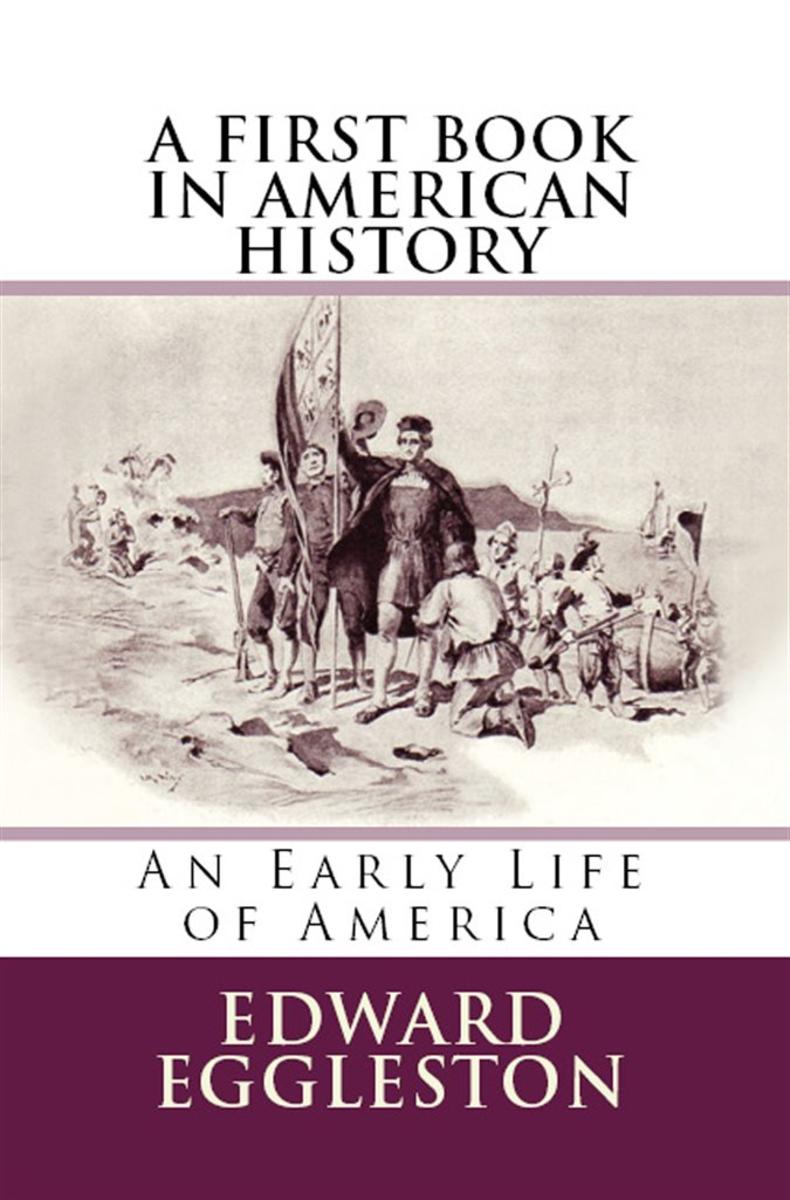
A First Book in American History: "An Early Life of America"
¥28.29
IN preparing a first book of American history, it is necessary to keep in mind the two purposed such a work is required to serve. There are children whose school life is brief; these must get all the instruction they are to receive in their country's history from a book of the grade of this.To another class of pupils the first book of American history is a preparation for the intelligent study of a textbook more advanced. It is a manifest waste of time and energy to require these to learn in a lower class the facts that must be re-studied in a higher grade. Moreover, primary histories which follow the order of larger books are likely to prove dry and unsatisfactory condensations. But a beginner's book ought before all things else to be interesting. A fact received with the attention raised to its highest power remains fixed in the memory; that which is learned listlessly is lost easily, and a lifelong aversion to history is often the main result produced by the use of an unsuitable textbook at the outset.The main peculiarity of the present book is that it aims to teach children the history of the country by making them acquainted with some of the most illustrious actors in it. A child is interested, above all, in persons. Biography is for him the natural door into history. The order of events in a nation's life is somewhat above the reach of younger pupils, but the course of human life and the personal achievements of an individual are intelligible and delightful. In teaching younger pupils by means of biography, which is the very alphabet of history, we are following a sound principle often forgotten, that primary education should be pursued along the line of the least resistance. Moreover, nothing is more important to the young American than an acquaintance with the careers of the great men of his country.

An American Book of Golden Deeds
¥28.29
AS you open this book you will probably ask, "What is a golden deed?"?Let me tell you. It is the doing of something for somebody else doing it without thought of self, without thought of reward, fearlessly, heroically, and because it is a duty.??Such a deed is possible to you, to me, to everybody. It is frequently performed without forethought or definite intention. It is the spontaneous manifestation of nobility, somewhere, of mind or heart. It may consist merely in the doing of some kind and helpful service at home or at school. It may be an unexpected test of heroism a warning of danger, a saving of somebody's life. It may be an act of benevolence, or a series of such acts, world-wide in application and results.??This little volume is only a book of samples. Here are specimens of golden deeds of various kinds and of different degrees of merit, ranging from the unpremeditated saving of a railroad train to the great humanitarian movement which carries blessings to all mankind. To attempt to tell of every such deed, or of every one that is eminently worthy, would fill a multitude of books. ??The, examples which I have chosen are such only as have occurred on American soil, or have been performed by Americans, thus distinguishing the volume from Miss Charlotte Yonge's "Book of Golden Deeds," published for English readers fifty years ago. While some of these narratives may have the appearance of romance, yet they are all believed to be true, and in most cases the real name of the hero, or of the lover of humanity, is given.??Instances of doing and daring have always a fascination for young people, and when to these is added the idea of a noble underlying motive the lessons taught by them cannot fail to be beneficial. ?

Charm: An Essay (What Money Can’t Buy)
¥28.06
An informative, fun and rather charming essay on the nature and history of one of life’s most desirable assets, Charm, by renowned culture and design critic, Stephen Bayley. Aiming to wound, a schoolmaster wrote on future design-guru Stephen Bayley’s last ever school report “Charm alone will not get him through”. Bayley took this to mean that an affable, genial, outgoing nature was not enough to ensure survival in a harsh world of statistical performance. But survive and flourish is exactly what Bayley did and now he aims to define Charm by looking at its origins and meanings throughout history and in the modern age.

Queen of the Savannah: "A Story of the Mexican War"
¥28.04
Tiziano Vecelli or Tiziano Vecellio (1488/1490 – 27 August 1576) known in English as Titian was an Italian painter, the most important member of the 16th-century Venetian school. He was born in Pieve di Cadore, near Belluno (in Veneto), in the Republic of Venice. During his lifetime he was often called da Cadore, taken from the place of his birth. Recognized by his contemporaries as "The Sun Amidst Small Stars" (recalling the famous final line of Dante's Paradiso), Titian was one of the most versatile of Italian painters, equally adept with portraits, landscape backgrounds, and mythological and religious subjects. His painting methods, particularly in the application and use of color, would exercise a profound influence not only on painters of the Italian Renaissance, but on future generations of Western art. During the course of his long life, Titian's artistic manner changed drastically but he retained a lifelong interest in color. Although his mature works may not contain the vivid, luminous tints of his early pieces, their loose brushwork and subtlety of tone are without precedent in the history of Western art. Early years This early portrait (c. 1509), described by Giorgio Vasari in 1568, was long wrongly believed to be of Ludovico Ariosto; it is now thought to be a portrait of Gerolamo Barbarigo, and the composition was borrowed by Rembrandt for his own self-portraits. The exact date of Titian's birth is uncertain; when he was an old man he claimed in a letter to Philip II, King of Spain, to have been born in 1474, but this seems most unlikely. Other writers contemporary to his old age give figures which would equate to birthdates between 1473 to after 1482, but most modern scholars believe a date nearer 1490 is more likely; the Metropolitan Museum of Art's timeline supports c.1488, as does the Getty Research Institute.He was the son of Gregorio Vecelli and his wife Lucia. His father was superintendent of the castle of Pieve di Cadore and managed local mines for their owners. Gregorio was also a distinguished councilor and soldier. Many relatives, including Titian's grandfather, were notaries, and the family of four were well-established in the area, which was ruled by Venice. At the age of about ten to twelve he and his brother Francesco (who perhaps followed later) were sent to an uncle in Venice to find an apprenticeship with a painter. The minor painter Sebastian Zuccato, whose sons became well-known mosaicists, and who may have been a family friend, arranged for the brothers to enter the studio of the elderly Gentile Bellini, from which they later transferred to that of his brother Giovanni Bellini. At that time the Bellinis, especially Giovanni, were the leading artists in the city. There Titian found a group of young men about his own age, among them Giovanni Palma da Serinalta, Lorenzo Lotto, Sebastiano Luciani, and Giorgio da Castelfranco, nicknamed Giorgione. Francesco Vecellio, his older brother, later became a painter of some note in Venice.A fresco of Hercules on the Morosini Palace is said to have been one of Titian's earliest works; others were the Bellini-esque so-called Gypsy Madonna in Vienna, and the Visitation of Mary and Elizabeth (from the convent of S. Andrea), now in the Accademia, Venice.




 购物车
购物车 个人中心
个人中心



